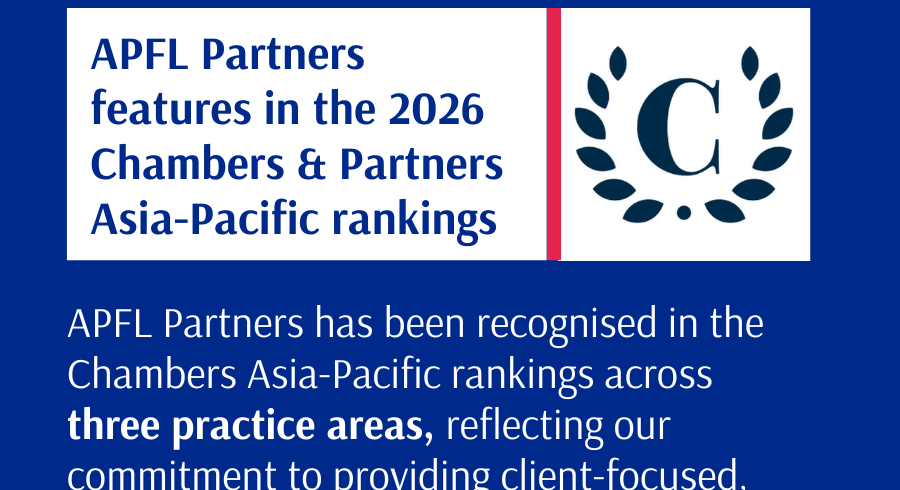Prospects for Trade and Investment in 2025

With 2024 drawing to a close, government ministries and state agencies published trade and investment data for the last 12 months. These figures give us a good picture of the business climate as we look ahead to 2025 and the prospects for foreign enterprises and international investors doing business in Vietnam.
Economic Growth Revised Upwards
Vietnam saw strong economic growth of 7.0 per cent in 2024, according to a report from HSBC published on 20 December. The bank revised its estimated growth rate up by half a per cent following strong performance in quarters two (6.9 per cent) and three (7.4 per cent).
HSBC anticipates similar strong growth in 2025, predicting a 6.5 per cent GDP increase, and named Vietnam the “growth star of ASEAN”. This projected growth rate aligns with the government’s target, which aims for 6.5 to 7.5 per cent growth over the next 12 months.
Below the headline figures, other economic indicators are positive. For instance, the Industrial Production Index (IIP) for the first 11 months of 2024 saw an estimated 8.4 per cent increase compared to 2023, driven by strong growth in the processing and manufacturing sector.
Individual sectors and industries also reported positive figures and optimistic outlooks for 2025. For instance, the banking sector is anticipating a 14.9 per cent annual increase in pre-tax profits and a 15 per cent rise in credit, according to a recent report from ACB Securities.
Meanwhile, the e-commerce market looks set to record 20 per cent annual growth in 2024, reaching over USD 25 billion, ranking Vietnam as one of the 10 fastest-growing e-commerce markets in the world and third in the region in terms of market value behind Indonesia (USD 65 billion) and Thailand (USD 26 billion).
Aviation is another sector with growth on the horizon for 2025. The Civil Aviation Authority of Vietnam forecasts rises of 7.7 per cent in passenger numbers and 13.4 per cent in cargo over the next 12 months. However, this growth will increase pressure on overburdened airports like Tan Son Nhat which are already operating over their intended capacities (as we wrote here).
Traditional sectors like garments and wood products also recorded strong growth in 2024. Textile exports reached almost USD 44 billion last year, according to the Vietnam National Textile and Garment Group (“Vinatex”), making Vietnam the second biggest global exporter of garment and textile products, just behind India, following a shift in orders from Bangladesh.
Likewise, exports of forest products like timber, wood chips, and wooden furniture saw record revenues in 2024, reaching USD 17.3 billion – a 19.4 per cent increase compared to 2023, according to the Ministry of Agriculture and Rural Development (“MARD”). The prospects for 2025 look even more promising – MARD predicts USD 18 billion in exports over the next 12 months.
Aquaculture – another of Vietnam’s major export industries – also saw strong growth in 2024. The Vietnam Association of Seafood Exporters and Producers (“VASEP”) reported annual export growth of 12 per cent in 2024 – worth USD 10 billion – thanks to strong demand from major export markets like the US and China. However, Vietnam remains subject to a ‘Yellow Card’ from the EU for Illegal, Unreported, and Unregulated (“IUU”) fishing.
Challenges Remain
Despite these positive figures, not all economic indicators are showing progress. For instance, despite strong economic growth of more than 7 per cent, the number of new business registrations in Ho Chi Minh City fell 1.2 per cent last year with a decline in registered capital of 16.6 per cent. The southern business hub also saw a fall in foreign direct investment (“FDI”) of 18.9 per cent – with USD 4.85 billion in FDI recorded in 2024.
Meanwhile, the real estate market continued to endure difficulties last year. The Vietnam Real Estate Association (“VNREA”) reported a 20 per cent fall in revenues and a 43 per cent drop in profits in 2024 as consumer confidence and real estate sales stagnated, leaving 60 per cent of firms struggling to meet their financial targets in light of restricted cashflows. However, legal reforms (which we highlighted here and here), along with strong demand for housing and increased access to credit, have led to increased optimism in the sector looking ahead to 2025.
A Positive Outlook for 2025
Speaking to the press on 20 December, the World Bank predicted that Vietnam would continue its positive performance into 2025, with strong economic growth of 6.5 per cent making the country one of the fastest-growing in the region.
However, World Bank economist Andrea Coppola pinpointed three risks to this outlook: (i) sluggish global growth, in particular in major export markets like the US and EU; (ii) worse-than-expected quality of assets in the banking sector, and; (iii) climate-related natural disasters. He urged the government to prioritise structural reforms to the education sector and business climate to ensure long-term socio-economic growth.
APFL Partners will continue to follow these trade and investment trends, as well as the new regulations that impact foreign enterprises and international investors. For more information about doing business in Vietnam, just contact our team on: contact@apflpartners.com
Disclaimer: This article and its content are for information only and are not given as legal or professional advice. they do not necessarily reflect all relevant legal provisions with respect to the subject matter. Readers should seek legal or professional advice before taking or refraining to take any action.


